
This week marks the second anniversary of Artificial Ignorance. 2024 was my first full calendar year of biweekly writing, and it felt like I started to find my footing as a writer (creator? Substacker?). At the very least, it does feel like I'm finally developing some good muscle memory for writing on a weekly cadence.
In my second year, I:
Passed 10,000 free subscribers
Became a Substack bestseller
Had a lot of failed experiments
Truthfully, these types of retrospective posts often feel a bit too navel-gazey for me. But I do think they serve an important function for me and others - they force me to review and assess my work regularly, and hopefully, the transparency helps others who are on a similar journey.
So, let's chat about readership numbers, projects that worked (and projects that failed), upcoming experiments in 2025, and more.
By the numbers
A breakdown of my Substack numbers as of January 1, 2025 (numbers in parentheses are relative to January 1, 2024):
Posts published: 107 (+6)
Free subscribers: 13,413 (+8,003)
Paid subscribers: 121 (+56)
Followers: 16,871 (+11,421)
Free subscribers more than doubled, from ~5,400 to ~13,400. Interestingly, I felt like growth was lagging throughout the year (that's "only" 667 new free subscribers per month), but as a percentage, it's pretty big! Likewise, it's cool to see how big of a jump there was in followers - it's not a number I particularly pay attention to.
Paid subscribers also more than doubled, but there's been a consistent ~1% conversion rate from free to paid subscribers. This is abysmal relative to Substack's stated "expected conversion rate," which makes sense - I don't paywall much. Though as you'll see below, I've got some thoughts on repositioning paid subscriptions for 2025.
Lastly, it was a nice bonus to hit the first "Substack bestsellers" tier! I'd be lying if I said that I didn't care at all about it - at the very least, it's a satisfying reflection of the work I've put into this publication.
On feedback
I experimented with a number of new things in 2024. Some have worked, some haven't, but the hardest thing has been the lack of feedback on the changes I make.
One interesting thing about the technology category of Substack is that publications here seem to get a significantly lower ratio of comments than some other categories. I don't have hard data1, but anecdotally, it seems that even some of the biggest tech publications only get a dozen or so comments per post, while more literary or current events-focused ones quickly accumulate more than that (despite smaller audiences).
Perhaps it's my YC background, but I genuinely enjoy "making things people want" - and that means I'd love to hear from you! What resonates, what is valuable, and what you're not a fan of. I can't say I'll make changes in direct response to everyone, but I at least want to know whether or not I'm hitting the mark.
It's tough writing in a vacuum. So, reply! Comment! DM! Someday, I might become overwhelmed with feedback, but today is not that day.
With that said, let's talk about what I tried this year.
What worked
Consistency. It's clichéd advice, but publishing consistently is the best thing you can do as a creator, for so many reasons. It helps you find your voice, builds momentum to post through the low points, and grows a relationship with your audience. Last year, I published 107 posts - that's almost exactly 2 per week.
More than anything else, this feels like the foundational skill to master. One of my goals is to be able to craft two great posts a week without feeling overly stressed (bonus points if I can build a backlog or write evergreen pieces). Because if I can't do that, then my consistency is at risk, which puts long-term growth at risk.
Collaboration. I was lucky enough to do several great collaborations and guest posts with other newsletters -
, , and were kind enough to feature my writing in one form or another. Likewise, and jumped in to do live workshops, for which I'm hugely grateful.I'd love to collaborate more in 2025! Some are already in the works, but if you're potentially interested, let me know.
Work-life alignment. I haven't talked about this much, but on the personal side, I was able to reorient my career to be far more aligned with my writing.
For most of the last ten years, I worked on a startup that had nothing to do with AI. It sat at the intersection of the creator economy and e-commerce2. But as the generative AI wave kicked off, I knew I wanted to be a part of it somehow - which ultimately became the publication you're reading now. Last year, however, I transitioned into a full-time role as a staff AI engineer.
Working on AI engineering projects full-time has been a fantastic opportunity to continue learning and building at the cutting edge (which then gets synthesized into new ideas here), and I'm very lucky that my employers are supportive of my Substack.
What flopped
Podcasting. I managed to get a few episodes published, which I'm pretty proud of. But honestly, I struggled to figure out a differentiating factor. There are a million and one podcasts out there with two people chatting for an hour, and I never quite figured out my unique premise. Between that and the additional work of managing a second medium, I quickly stopped being able to create new podcast episodes.
I still like the interview format, and I’ll likely return to podcasts as a medium when I have a better sense of what it ought to be about. But for now, I can safely say this was a failed experiment.
Workshops. Likewise, I tried out live workshops meant for paid subscribers - both the live calls and the recordings. As a free-to-paid conversion tool, these went horribly. It's entirely possible that 1) I don't have a big enough free audience yet, 2) I did a lousy job scheduling and/or marketing the workshops, or 3) the guests/content weren't interesting or valuable enough (I highly doubt this last one), but ultimately the attendees and the upsells weren't big enough to justify the amount of effort involved to make them happen.
I think the content was very valuable, though, and it's more of a question of packaging and marketing. Ultimately, in the creator economy today, live content tends to 1) require high levels of polish and production value but 2) can ultimately command significantly higher premiums. And I’m not ready to commit to that just yet.
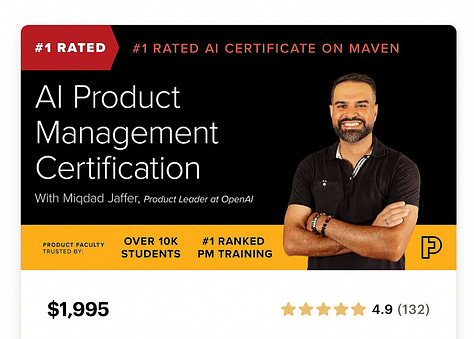
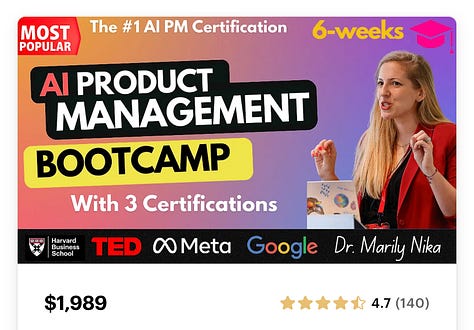
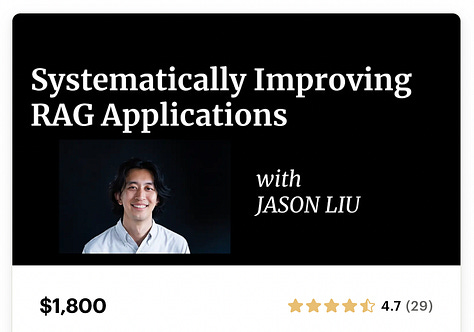
Fundraising data. One thing that I've done for nearly a year is paywalling a short fundraising section at the end of each roundup, with a list of AI-related companies that raised VC funding that week. As far as I can tell, that hasn't moved the needle on many (if any) paid subscriptions. If I'm wrong, and you're a paid subscriber who really cares about this, let me know!
Now, it's not a huge lift to include that data - but it has the unfortunate side effect of marking the post as paid, and preventing free subscribers from commenting. I'd prefer to invite more free readers to comment and discuss the week's news over a handful of paid subscriptions, so I've already started discontinuing the paywalled fundraising section.
Changes ahead
Newsletter sections. First up, I've done something I’ve debated for a long time - adding a Substack "section." Publications can have sections much like the way that newspapers can - readers can opt in or out of a given section (sports, business, politics, etc.) depending on how they feel about the content.
In my case, I'm splitting out the weekly AI roundups into their own section. There are quite a lot of AI news roundups at this point, and while I do think I do a pretty good job, it is understandable if you're only here for the deep dives and not the news recaps (or vice versa! though I really would suggest sticking around for the deep dives). There are decent odds I'll create more sections down the line, but this was a clear starting point.
You can always manage your section settings at https://www.ignorance.ai/account.
AI engineering. Someone recently told me that what makes my newsletter great is that I'm good at explaining AI concepts and trends and that I'm actually an engineer who understands them. To paraphrase his words, many AI newsletters repeat the news or have strong opinions without a technical background - Artificial Ignorance does neither of those things.
That makes sense to me, and seems like a good place to double down3. So with any luck, I'd like to start publishing more AI engineering content this year. I already have some posts up, but I think there's much more to explore around building AI systems and learning to leverage AI as a software engineer (before it automates us all out of a job, of course).
Sponsorships. As 2025 continues, I’ll be testing some more monetization strategies. First up is sponsorships! You may have noticed one last month, and I'm curious to see how that will evolve in the coming months. I'm a technologist, not a salesman, but I do enjoy learning new skills.
As I'm still terribly new to this, if you know someone who might be interested in sponsoring the newsletter, hit reply - I'd love to chat about it. Alternatively, you can link them to my media kit: https://www.passionfroot.me/charlierguo
Infinite games and ikigai
Lately, I've been thinking a lot about the long-term direction of what I'm doing with my writing. One idea in particular is that of infinite games - first written about by James P. Carse, then later popularized by Simon Sinek. Sinek's point is this (via Wikipedia):
Finite games (e.g. chess and football) are played with the goal of getting to the end of the game and winning, while following static rules. Every game has a beginning, middle, and end, and a final winner is distinctly recognizable. In contrast, infinite games (e.g. business and politics) are played for the purpose of continuing play rather than to win.
In the long run, I would love to turn this publication into an infinite game - a space to explore my ideas around technology and business (or even something further afield, someday) in a way that pays the bills. Not everyone gets to do this; it’s extremely difficult to land in a position like this, and perhaps even harder to stay there in the long run.
Nevertheless, in order to get there, I have to figure out 1) what exactly the premise of this publication is and 2) how I make money from it4. By and large, almost all of my content is freely available. And given the lack of other "paid perks" (i.e., access to a community, bonus material, etc.), most paid subscribers are essentially patrons.
As evidenced by all my trial and error, I'm still figuring out what strategies make the most sense. As a guiding principle, I do love the term “ikigai,” a Japanese concept of discovering your purpose through exploring the intersection of what you love, what you're good at, what the world needs, and what you can be paid for.
One more thing
If you've made it this far, I appreciate you! As a token of gratitude, I'm offering a 30% discount on paid subscriptions for the next week only.
Writing this newsletter continues to be one of the most rewarding projects of my career. Thank you for being part of this journey: for reading, sharing, commenting, and helping build something meaningful in this ever-changing space.
We're just getting started. Here's to another year of learning, building, and growing.
Though as I write it here, I'm tempted to get the data.
If you must know, we made merchandise for influencers. It was, in large part, what pushed me to start my own Substack. I saw firsthand the value that having a large, relevant, engaged audience can have - and two years ago, I decided to try my hand at building one.
Scott Adams (before his recent hard-right turn) popularized the idea of being very good at two different things. Essentially, he suggests that there are two ways to get a high level of success:
Become the best at one specific thing
Become very good (top 25%) at two or more things
In my case, I'm willing to bet that I'm in the top 25% of a) writing clearly about AI, and b) software engineering.
I know the go-to strategies for most internet creators and solopreneurs: courses, coaching, and communities. I'm not sure if any of them feel like the right fit yet, but as I keep iterating on this publication's core premise, I imagine I'll figure out what makes sense.


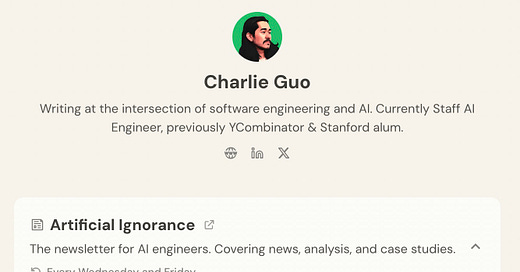


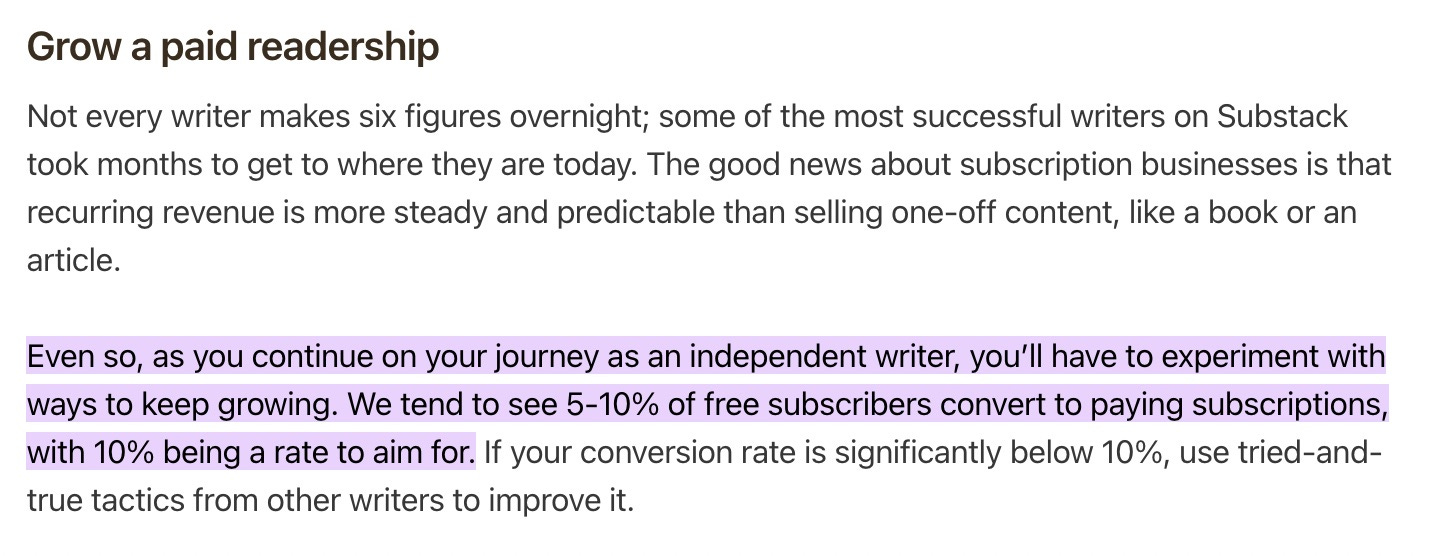

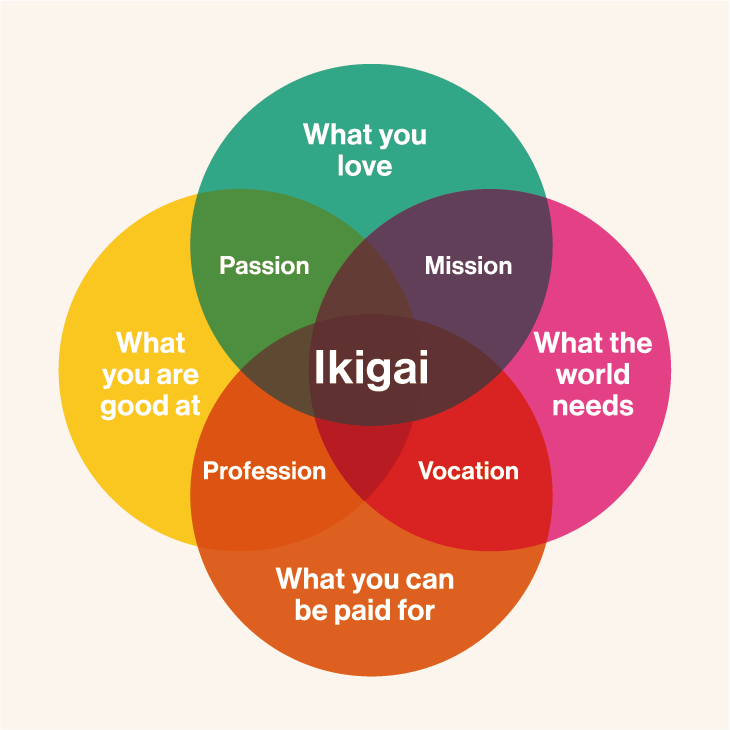





congrats on 2 years! I usually read these posts in my inbox and didn't realize you were looking feedback or comments on your posts.
Very thoughtful post. As someone who has posted randomly on various media (not substack yet) the lack of meaningful feedback on what is unbiasedly a good article is discouraging. But you make a great point on perseverance and enjoying it for a sense of purpose. Thanks for your posts, stumbled here by chance but glad to have.